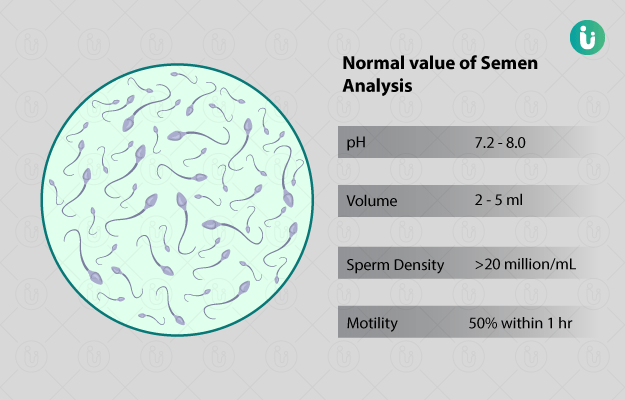What is an X-ray test?
An x-ray test is a type of imaging procedure that helps examine the internal organs and bones. It is a pain-free and noninvasive technique used in the diagnosis of different conditions or injuries in both children and adults. During this procedure, ionising radiation emitted by a machine is allowed to pass through the body. These radiations are captured on a small device where an image is produced. X-ray radiation passes easily through air spaces but is blocked by healthy bones. Thus, healthy bones appear white or grey in an x-ray image, whereas lungs appear black. The dose of the radiation used in x-ray examinations varies based on the area of the body to be examined. A lesser dose is used for a smaller area and higher dose for large areas.














